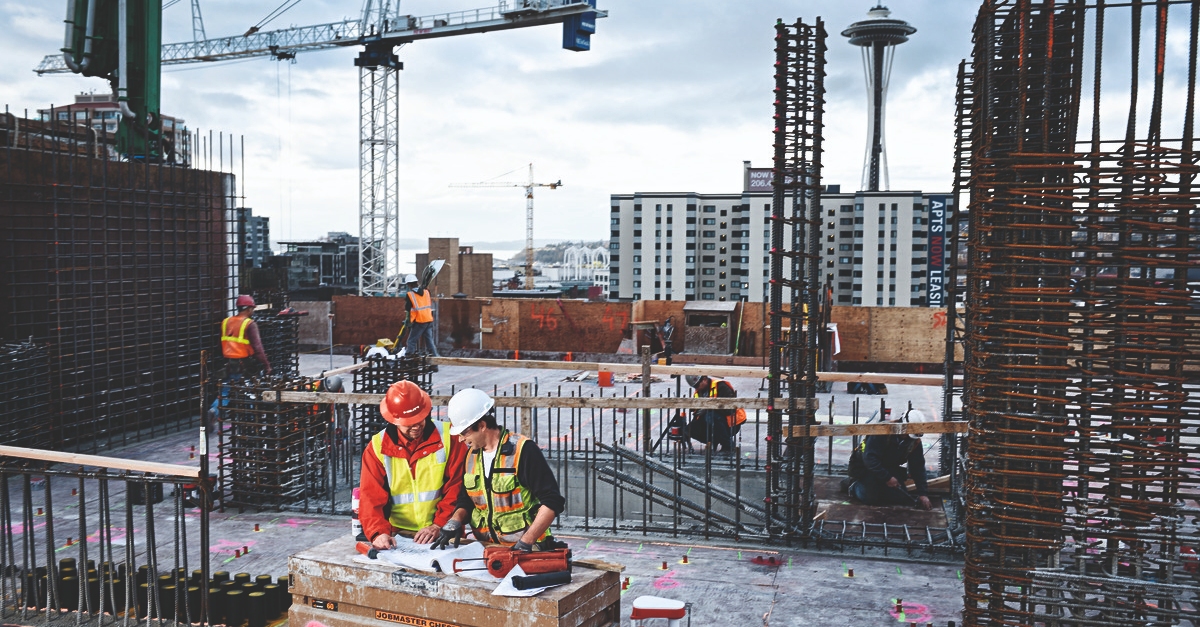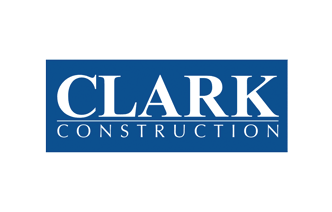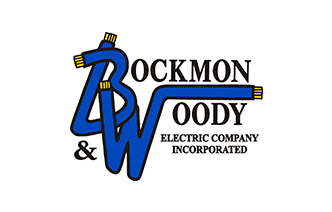Penny wise, project foolish: The hidden costs of cheap construction software

Every dollar counts in construction. With fast-paced projects and tight budgets, it’s no wonder many subcontractors turn to low-cost construction software to manage day-to-day operations. Although cheap tools may seem like the smartest way to cut overhead, they can add up to small costs over time that create bigger problems for your business down the line.
Bargain-bin platforms lack certain qualities to keep projects running efficiently. If you want your team to stay on time and budget, it’s important to understand why cheap construction software is more costly than it appears.
1. Increased rework and errors
Mistakes are bound to happen when software doesn’t provide accurate, updated information. This is a common occurrence among workers across every industry, as 83% mention spending one to three hours every day fixing errors. Small mix-ups can add up fast and have expensive ripple effects. Then, you must devote time to redoing the work already done, leading to more costly delays.
2. Poor communication
Construction is a team effort — it needs clear communication between the field and office for the business to thrive. When teams use cheap software, communication often breaks down. Critical updates get lost in email threads, field teams work from outdated drawings and important requests go unanswered.
Miscommunication can also have serious consequences on jobsite productivity and finances. A missed update can stall progress and create confusion among crews. Even small lapses can force teams to stop work while waiting for clarification.
3. Time drain
Clunky interfaces, long forms, and hidden updates add up, stealing precious minutes from users throughout the day. What should be simple tasks turn into time-consuming headaches, pulling attention away from critical on-site work. For example, imagine a foreman spending an extra 30 minutes each day wrestling with outdated software just to submit daily reports.
This constant time drain takes a toll beyond lost productivity. The frustration of dealing with these inefficiencies directly impacts worker morale and contributes to fatigue and burnout. When workers feel their time is being wasted on cumbersome tasks, they become dissatisfied and less engaged. This can be detrimental to business, as 83% of employees across industries value flexibility in their work hours. The connection? Workers who are already spending extra, frustrating time on inefficient software are less willing to sacrifice their personal time to compensate. They crave flexibility to regain control over their schedules and prevent burnout from the added stress of inefficient tools. If they are forced to stay longer due to software issues or tech inefficiencies, they’re more likely to seek employment elsewhere where their time is valued and respected.

4. Higher training and support costs
What looks affordable often ends up costing more over time because it typically lacks intuitive design, making teams struggle with complex interfaces. As a result, you often spend extra time and money training employees to get them up to speed.
Plus, these software providers often fall short in customer support when issues inevitably arise. This leaves teams to troubleshoot problems on their own and even more productivity loss.
5. Documentation gaps
Correct documentation is essential to successful project implementation. Every project runs on a steady flow of information, so missing files or inconsistent records can halt progress. These documentation failures downgrade builds, with almost 70% of industry leaders believing poor contractor performance is a key cause of underperforming projects. When crews are missing data, errors multiply and accountability slips.
The impact on subcontractors
As a subcontractor, you already operate within some of the tightest margins in the construction industry. Every inefficiency directly affects profitability and future opportunities. Unfortunately, using cheap or outdated software often magnifies these challenges, making you disadvantaged.
Legacy systems and low-cost tools slow down decision-making and project execution. In fact, according to the 2024 Infrastructure Lifecycle Management Report, 94% of executives say that legacy systems greatly affect their agility. In construction, the inability to adapt and respond in real time can be costly as schedules change quickly, which are often last minute.
This effect can mean missed deadlines, strained relationships with general contractors and loss of future bids. Outdated systems create bottlenecks and make it harder to deliver quality work on time and within budget.

Key warning signs your construction software is holding you back
How do you know if your current platform is doing more harm than good? Here are some common red flags:
- Field teams avoid the software: If workers on-site find the platform too clunky or outdated, it’s not serving its purpose.
- Lack of mobile access: The tool doesn’t offer mobile-friendly functionality and is slowing your team down.
- Inability to integrate with other tools: It’s time to change if your software operates in a silo or requires extra steps to connect with other systems.
- Regular project delays or rework: Mistakes and missed deadlines often indicate your tools are falling short.
- Communication breakdowns: Do you experience delayed responses and confusion about the latest plans? This can indicate poor information flow.
- Frequent manual workarounds: If your team constantly relies on spreadsheets or double entries to get things done, you should upgrade.
Why paying more can save you more
Investing in the right technology can save more over the life of your projects. Modern construction software streamlines communication, reduces rework and boosts productivity. It allows teams to work faster and smarter and offers better project data visibility. Therefore, you can make smarter decisions that prevent costly mistakes before they happen.
For example, suppose you have a small fleet of vehicles. Some advanced construction platforms reduce maintenance costs by up to 48% because drivers and operators gain better visibility into their equipment’s health. The same principle applies to every aspect of construction. With access to immediate information and easy-to-use tools, you can spot issues early and keep projects moving.
Choosing the right construction software without overspending
The right construction software can still be within your budget. The key is to find one that delivers real value so you can work smarter. A few things to look for in a platform include:
- Ease of use: Choose a platform that’s easy for office and field teams to adopt. If it requires more training or troubleshooting, you may want to look for other options.
- Mobile accessibility: Your work requires you to access project plans and updates on the go. Look for platforms that offer seamless mobile functionality to keep everyone connected in real time.
- Integration capabilities: Your software should play well with the tools you already use.
- Good customer support: When issues arise, fast and knowledgeable support can make the difference between minor hiccups and major delays.
- Transparent pricing: Beware of hidden fees or costly add-ons. A good software partner offers clear pricing and scalable options that grow with your enterprise.
Cutting Corners Eats Profits
Using software only to save money can eat away at profits, project after project. That is why it is important to invest in the right tool. When you pay for the top solutions, you set the foundation for running a more efficient, profitable business.





















